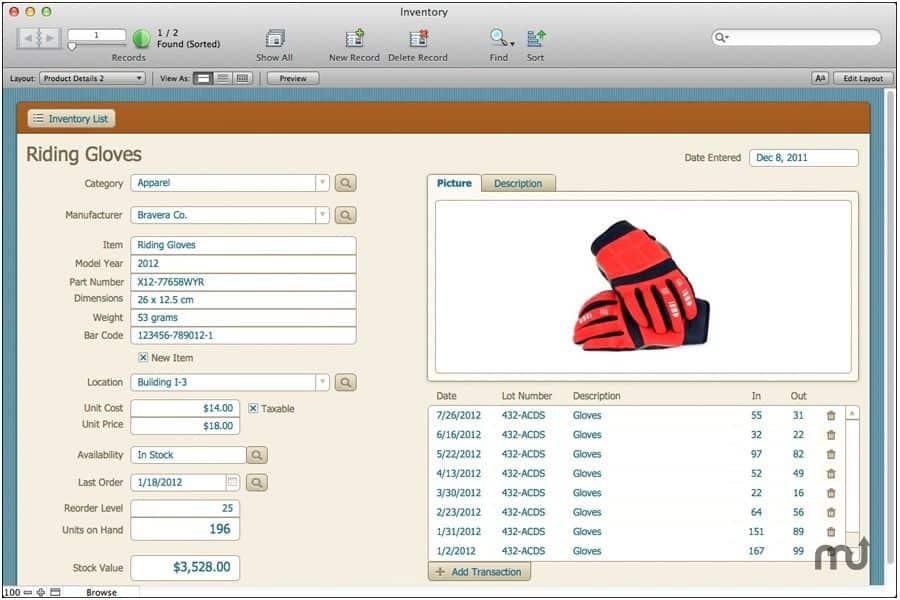

Going from 18 to 19, for instance, can now be done while keeping most of the settings intact.īefore this new feature, you had to uninstall the previous version, do some cleanup, install the new version, and redo most of the configuration changes again.Įven with this new feature, there are times where you definitely will want to remove the current version of FileMaker Server and install a new version from scratch. With virtual machines, that could be as easy as just starting a new instance or reverting to a snapshot taken before the initial FileMaker Server install. But in this article, we will tackle the scenario where you have to uninstall and reinstall.

Specifically, this article will walk you through how to do this on Linux since that will be the deployment option that many of us will be the least familiar with. The first thing to do is to confirm the actual version that is currently there. Nothing’s worse than uninstalling the wrong version. If you do not know the admin console credentials or can’t get to it, then you can still get that info from the yum package manager: yum list installed | grep filemaker The full version number, including the build number, is listed on the admin console’s dashboard page.Īnd I typically use the old version number to rename the FileMaker Server folder that is leftover after uninstalling. The Status column shows you that all four of the hosted files are closed: Watch for any error messages generated by the command if need be, confirm the state of all the files with: fmsadmin list files -s -u -p It so happens that at the time I am writing this, there is a newer version with build number 220 that needs to get installed.įirst, make sure that all the hosted files are gracefully closed and then stop FileMaker Server: fmsadmin close -y -u -p Or for some additional information, including the original install date of the version on the machine: rpm -qi filemaker_server.x86_64Įither one of those shows you that the machine currently has FileMaker Server version 19.1.2 build 214.


 0 kommentar(er)
0 kommentar(er)
